Andrew Ingall
Warlé, Yesterday, and Today
Last year, after reading an article about the importance of mining queer history*, I discovered the lives of my cousins Warren and Leon – a couple who were partners in life and in business for almost 60 years. For many LGBTQ+ people like myself, we share a desire to construct an ancestral lineage that’s often hidden or erased. And if the silences are too strong, we have license to cultivate a family tree that’s “logical” rather than biological:** to claim LGBTQ+ elders who we admire or for whom we have an affinity. Take your pick: Uncle James, Aunt Audre, Cousin Harvey, Papa Walt, etc. And yet another aspect of queer genealogy is speculative nonfiction – creatively filling in the gaps of what you don’t know based on data, documents, and stories that you’ve collected.
My cousins Warren and Leon were creative individuals and entrepreneurs who wore many hats. They co-founded Warlé, a small business on Manhattan’s Upper East Side specializing in antiques, contemporary objects, art framing, restoration, and interior decoration. Leon was a Jewish refugee and fashion designer who fled Bolshevik Russia, relocated to Weimar Berlin, and emigrated to the U.S. in 1940; Warren was a ghostwriter, journalist, antiques dealer, and an operative of the WWII-era U.S. Office of Strategic Services. They left New York City in 1980 and relocated to Townshend, Vermont and became beloved citizens of this rural community until their deaths in 2002 and 2007. I never met them but at this point, I almost feel like I did. I’ve learned quite a bit through genealogical records on ancestry.com, oral histories conducted with “logical” family members who I tracked down, references in newspaper articles and magazines, and a trove of drawings, sketches, illustrations, and ephemera in Southern Vermont.
Leon’s career in fashion began in Weimar Berlin. Although born into an assimilated Jewish family in Russia, he spent his teenage years and young adulthood in Germany. Two key archives helped me learn a bit about Leon’s early professional life in Berlin.
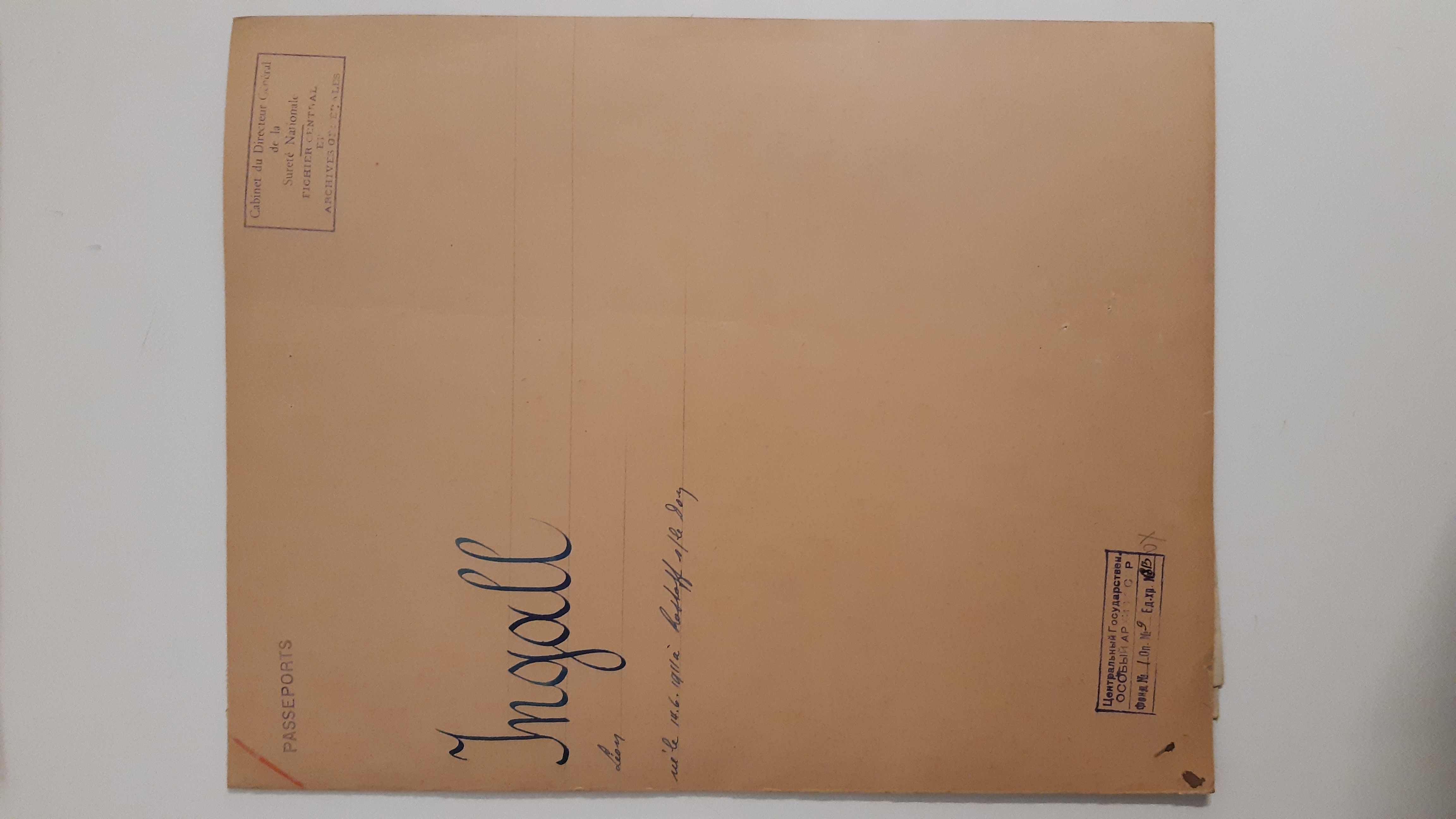

Photos courtesy of Archives Nationales (France)
I located a dossier on Leon and his parents at the French National Archives in Paris. Between 1936 and 1938, Leon paid several visits to the French consulate in Berlin. He sought permission to travel to Paris for work. In visa applications, he states that his employer, Max Behrendt, sends him to Paris four times a year to purchase samples of haute couture gowns.
Between the wars, Berlin had a substantial ready-to-wear fashion industry. They would copy the latest fashions for mass production. By the mid-1920s, there were 80,000 companies, half of them Jewish-owned. And they employed around 200,000 workers including Leon.†
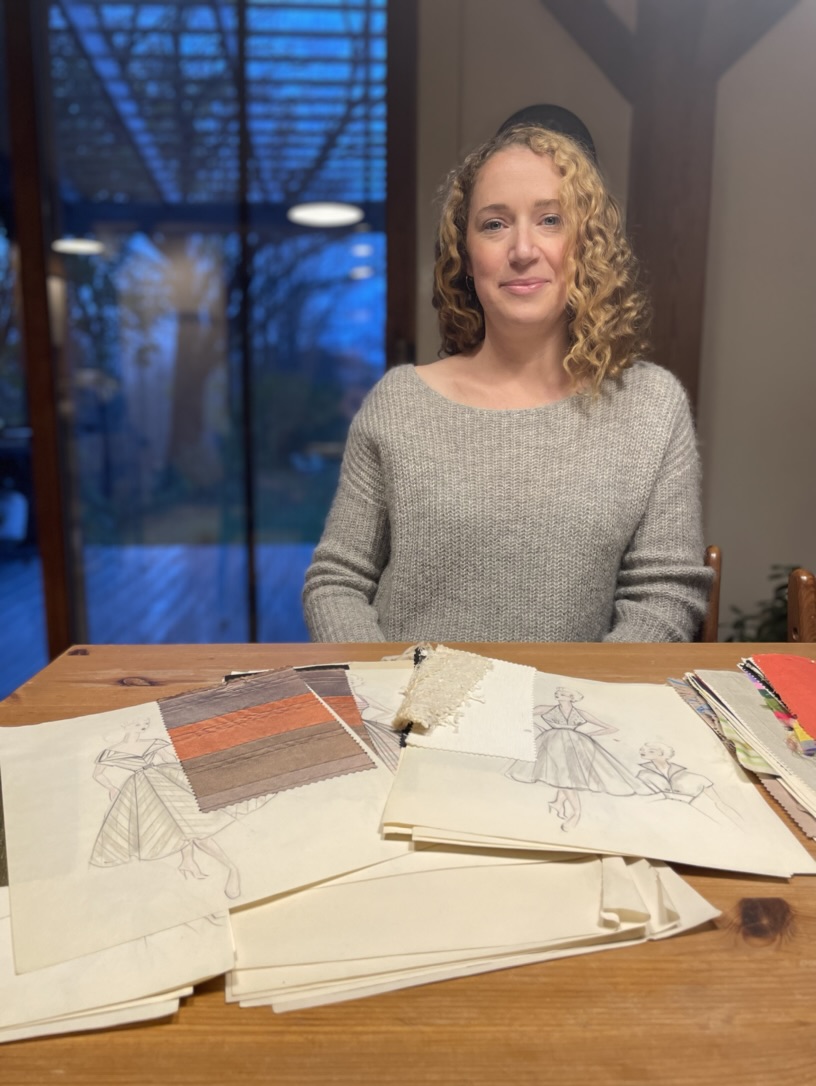
Photo: Eliza Thomson with Leon’s drawings; Credit: Andrew Ingall
The second archive is in a plastic file box at the home of the Thomson family in Townshend, Vermont. It contains hundreds of sketches, illustrations, drawings, news clippings, and other ephemera–evidence and documentation of Leon’s work in fashion. The Thomsons were part of Warren and Leon’s informal care team in their twilight years. The couple recognized that Eliza Thomson, at a young age, expressed an interest in art and design and designated her as the keeper of Leon’s collection.
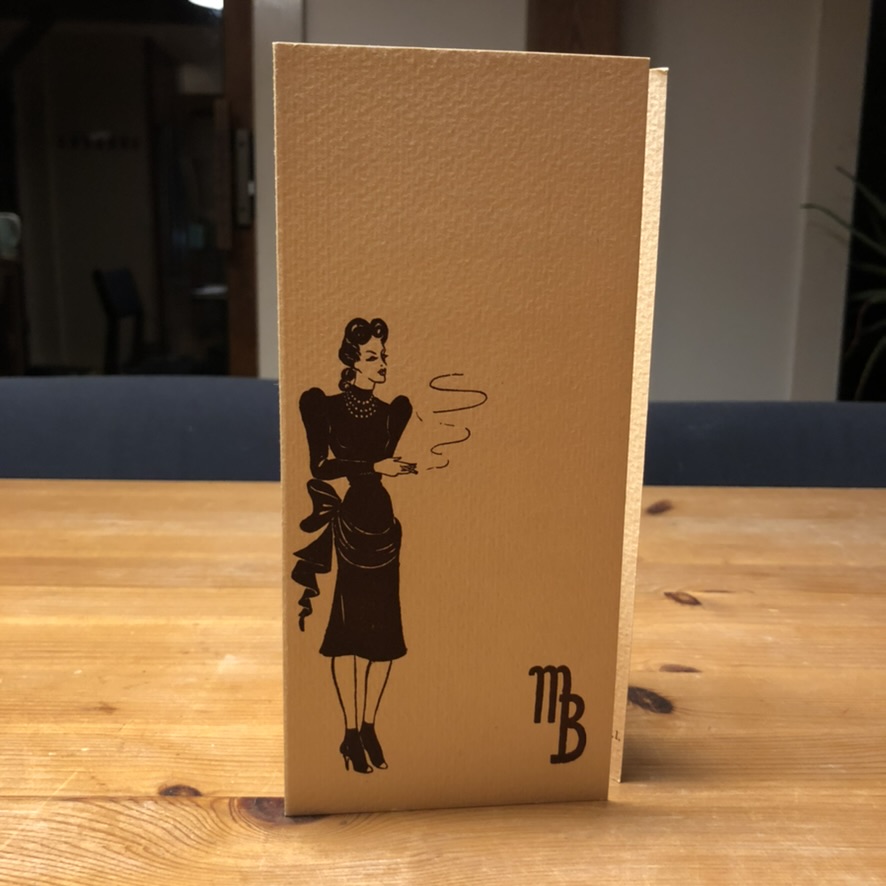
Photo: Max Behrendt invitation courtesy of Eliza Thomson
Like all Jewish-owned businesses, Max Behrendt's company was ultimately liquidated by the Nazis but Max had the foresight and resources to open a satellite business in England. He emigrated to London in 1935. Four years later, Behrendt assembled a team of former employees who also had the means and the luck to escape the Nazis.
That team included Leon.
I know this because Liza’s collection includes an invitation to the opening of Behrendt’s first – and last – collection with his new British company. The card is dated September 6, 1939, just five days after Hitler invaded Poland. But the start of World War II was not going to stop the fashion world. With Leon’s help, Behrendt launched a collection of sport suits, dresses, cocktail suits and gowns, and skirts. On the front of the invitation is an illustration of a woman in high heels. She’s wearing a dress with shoulder pads appropriate for a football player. The hemline is just below the knee. Tiny waist. There’s yards of fabric to emphasize and widen the hips. Cigarette smoke curves elegantly in the air like her hourglass figure.
And this feminine archetype appears again and again in Leon’s illustrations and drawings. Think Joan Crawford, who starred in The Women‡ – a film that was released in 1939, the same year Leon designed the collection.
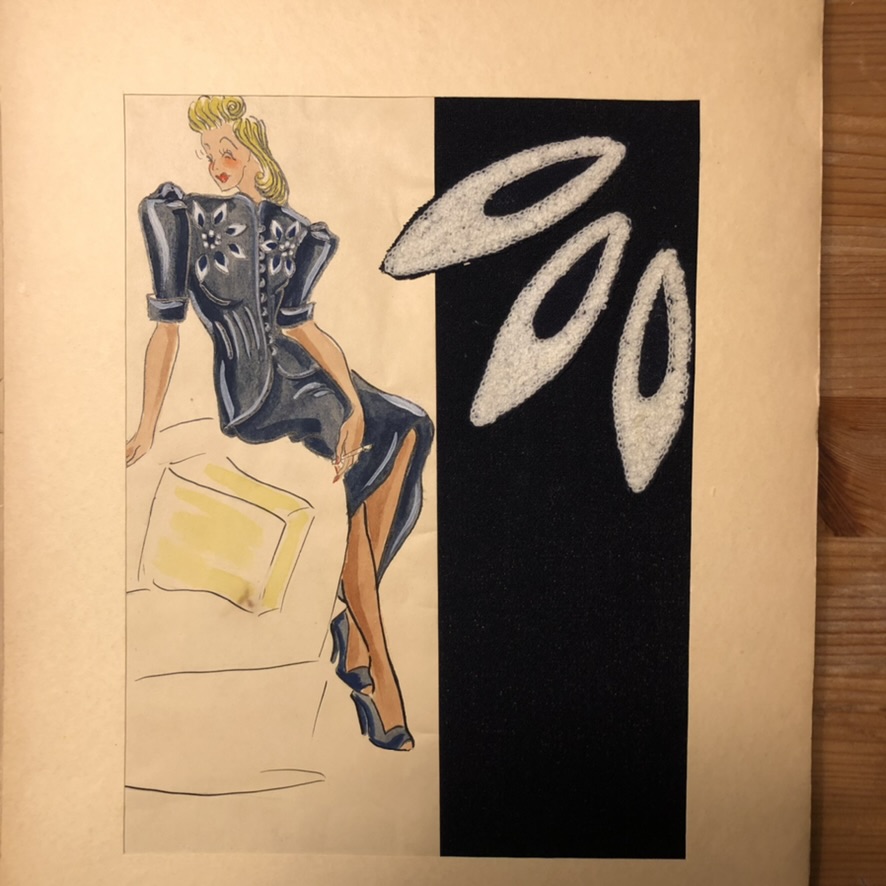
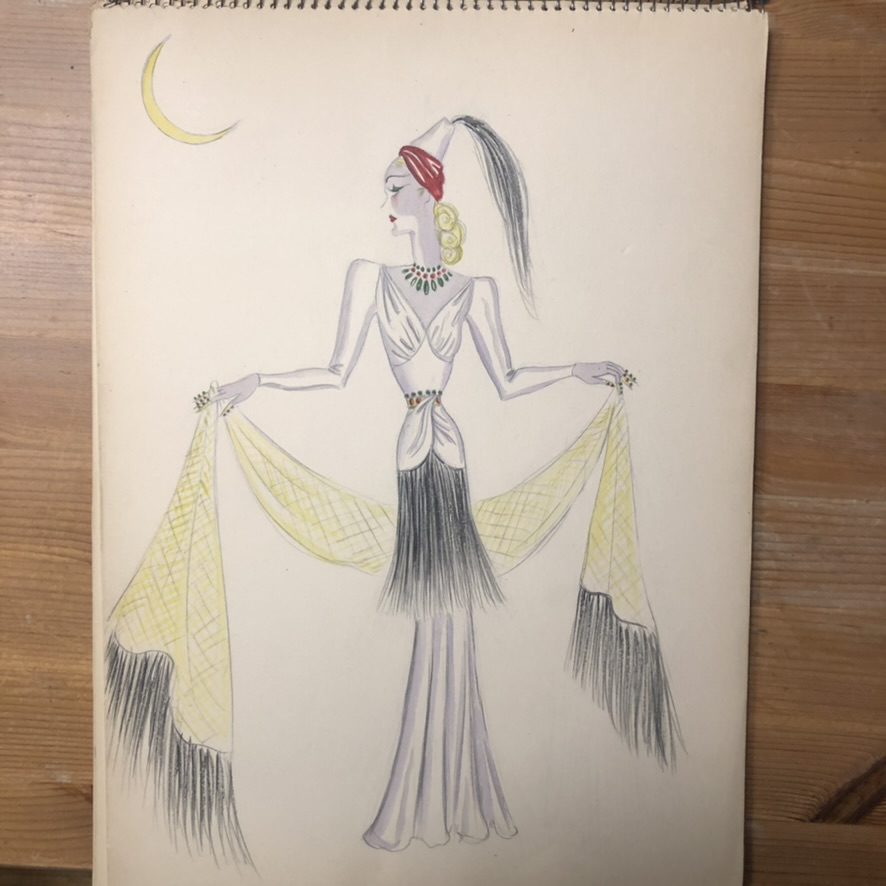
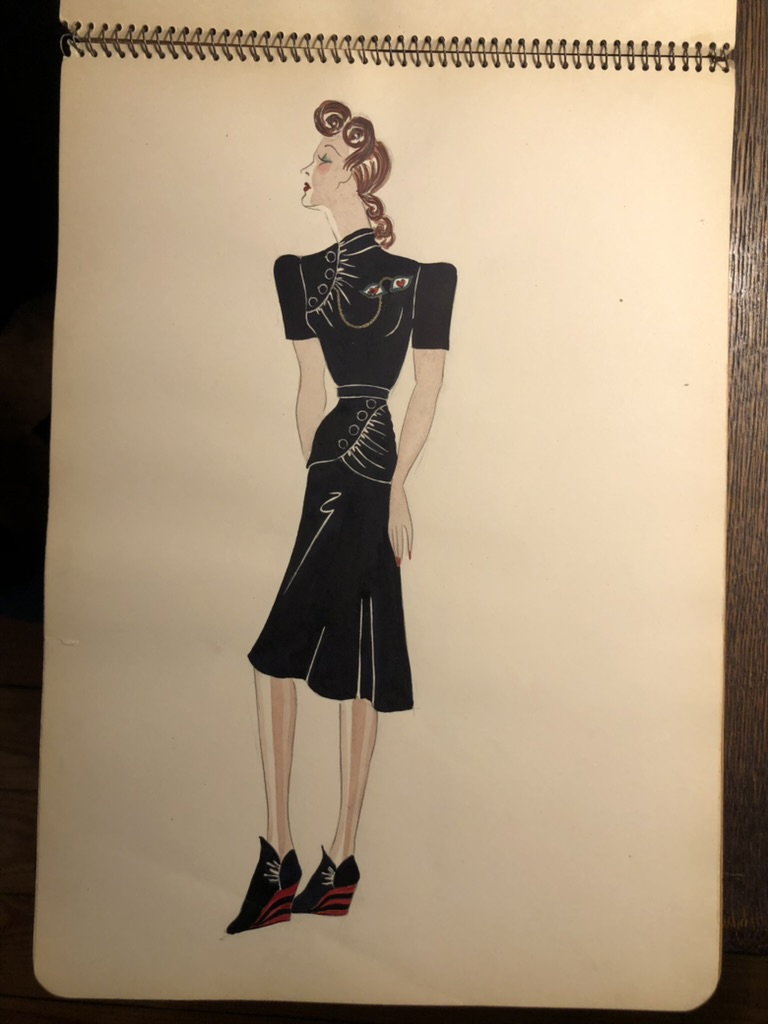

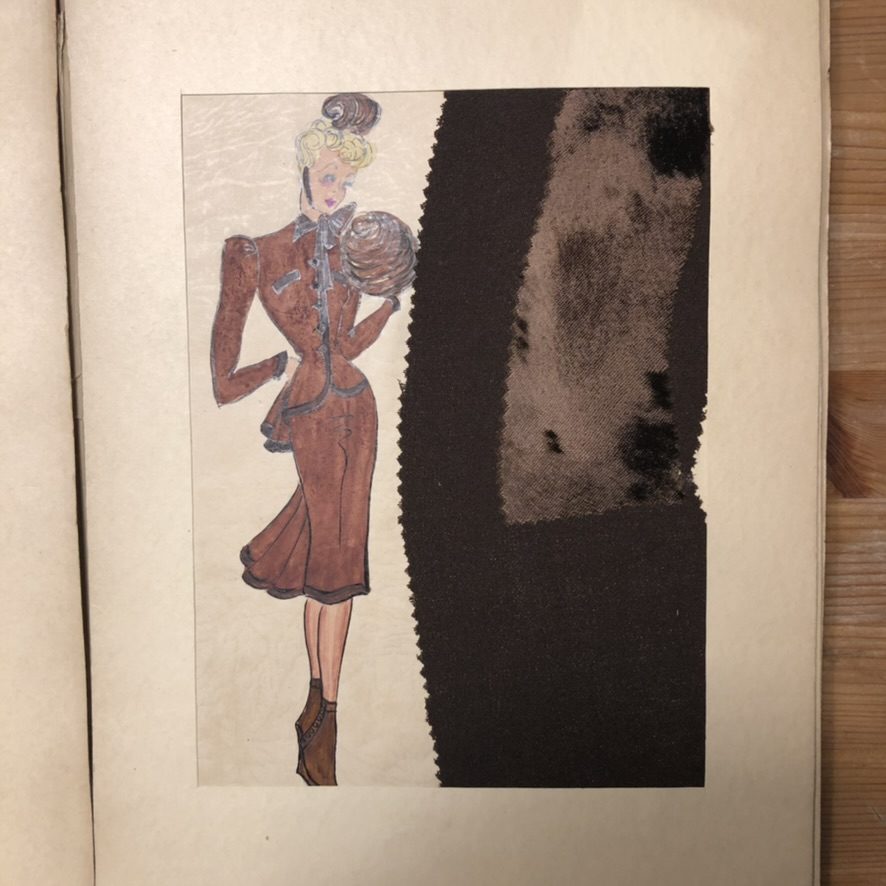
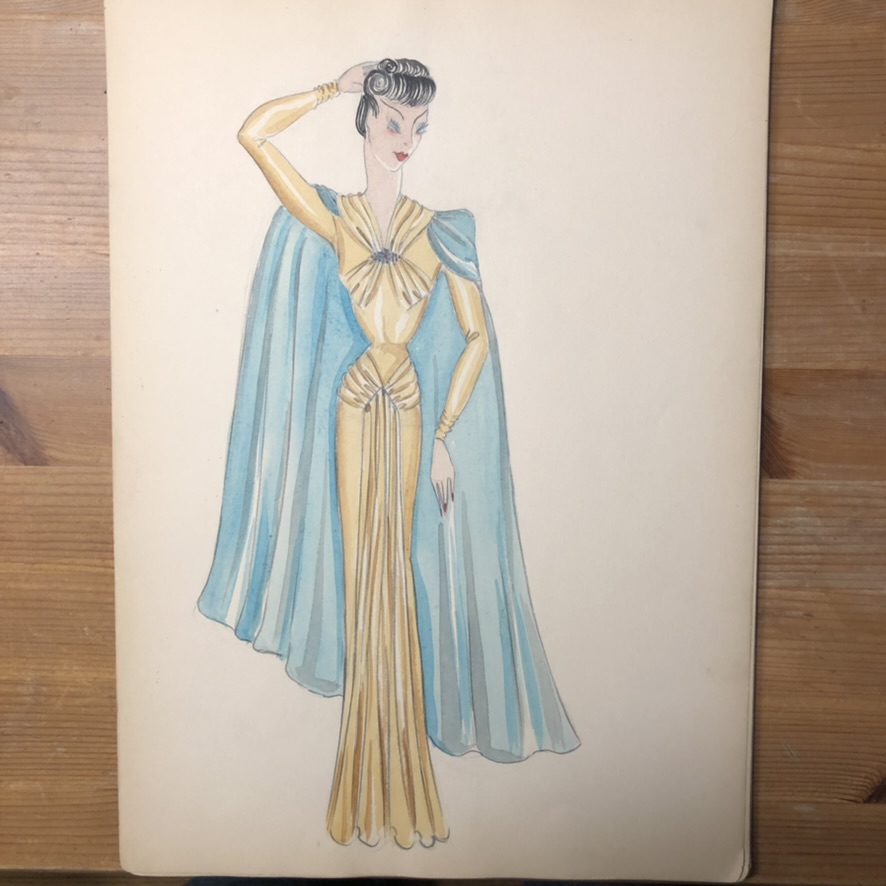
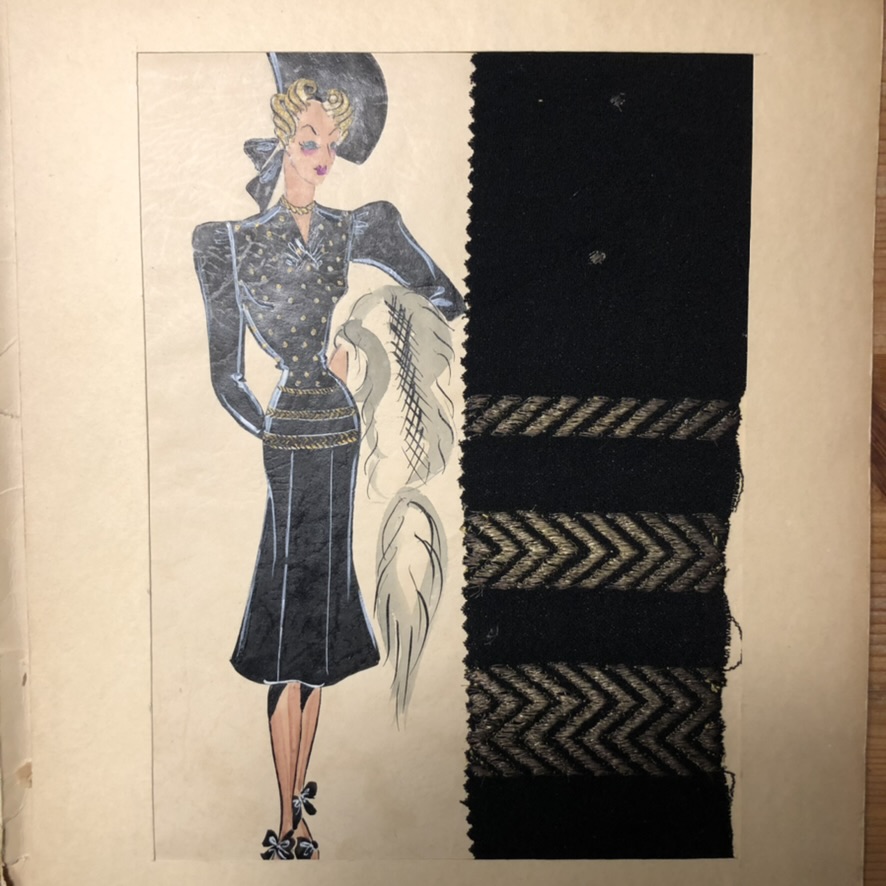
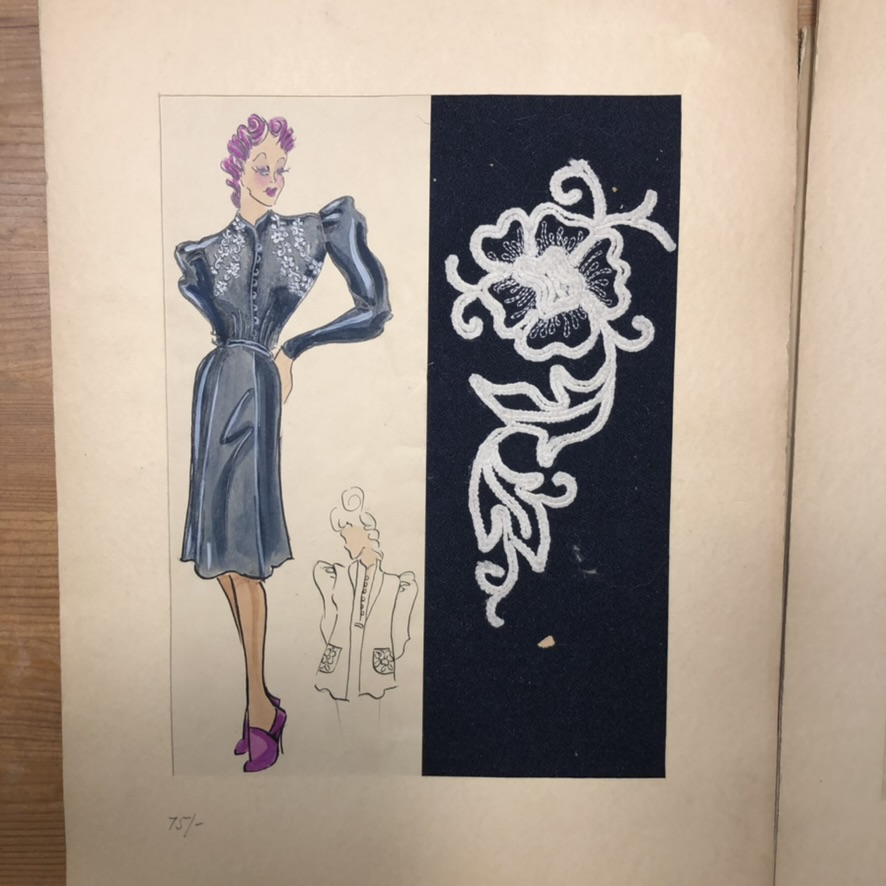
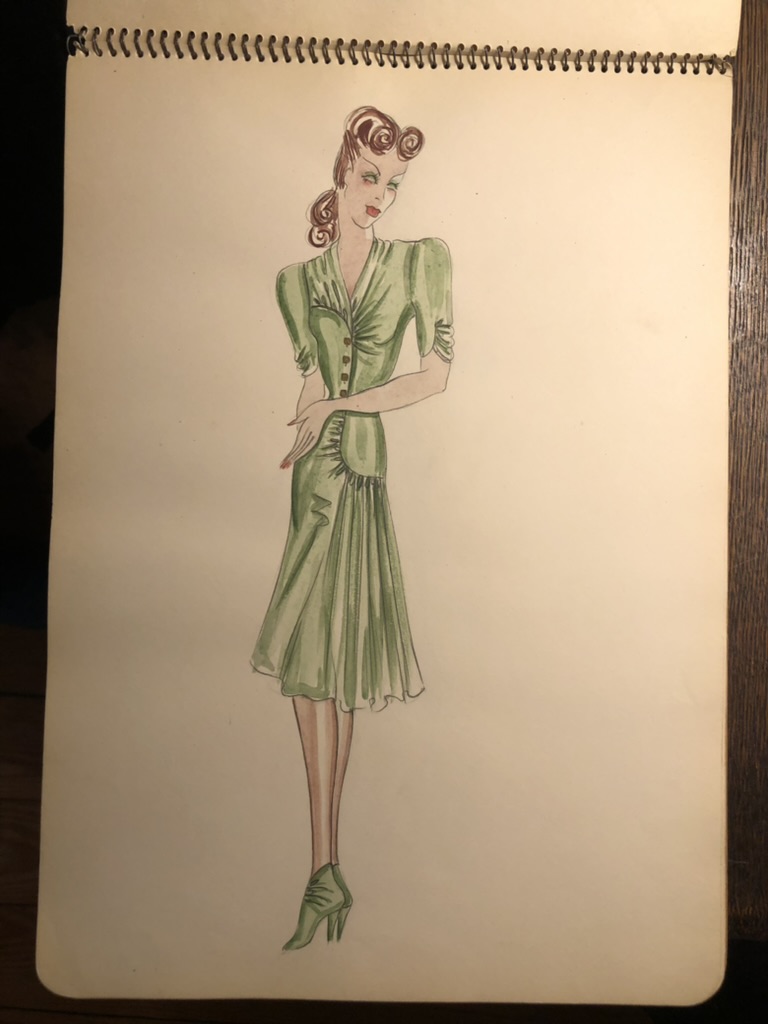

Photos: Drawings by Leon Ingall courtesy of Eliza Thomson; stills from The Women, 1939
Cool.
Severe.
Unapproachable.
Powerful.
There will always be missing buttons and loose threads in the story of Warren and Leon. Going forward, the best I can do is reconstruct what was taken away and to mend what was broken.
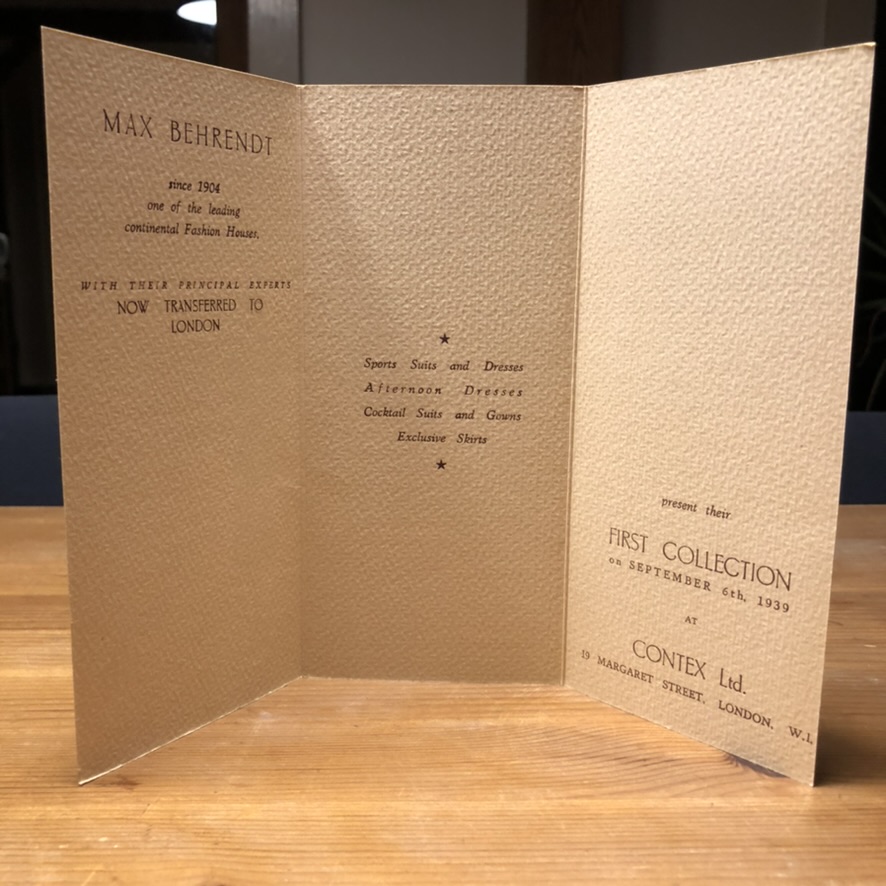
Photo: Max Behrendt invitation courtesy of Eliza Thomson
*https://forward.com/archive/471747/pride-lgbtq-jewish-yiddish-history-forward-archives/
** Armistead Maupin coined the term in his memoir Logical Family (Harper Collins, 2018)
† Westphal, U., & Jennings, K. (2019). Fashion metropolis Berlin 1836-1939: The story of the rise and destruction of the Jewish Fashion Industry. Henschel.
‡ Cukor, G. (1939). The Women. Metro-Goldwyn-Mayer.
Warlé is a multi-platform project that re-envisions my cousins’ mid-century boutique as a pop-up site for discussion, storytelling, and art. Using archival documents, photography, artifacts, and stories, my goal is to reassemble the personal and professional lives of Leon Ingall and Warren Kronemeyer and inspire action on behalf of LGBTQ+ elders and refugees.
www.warleinc.com
IG @warleinc